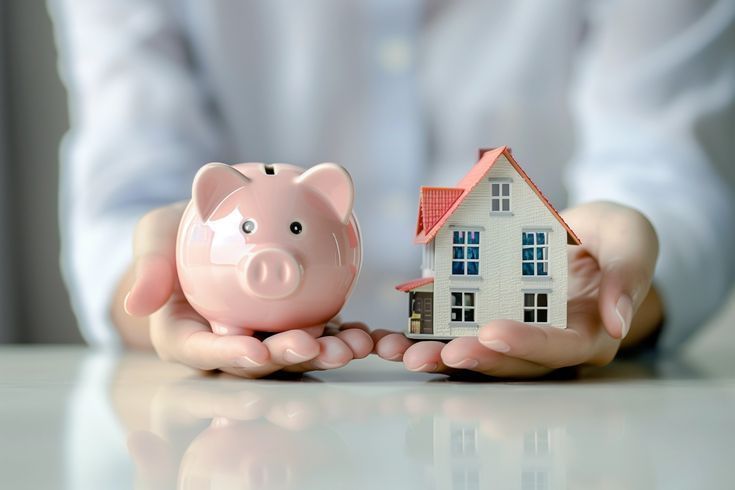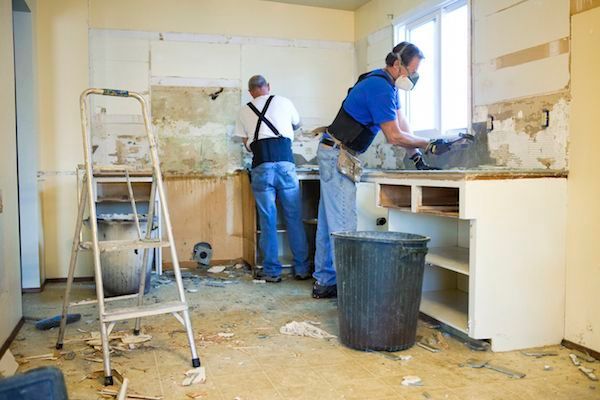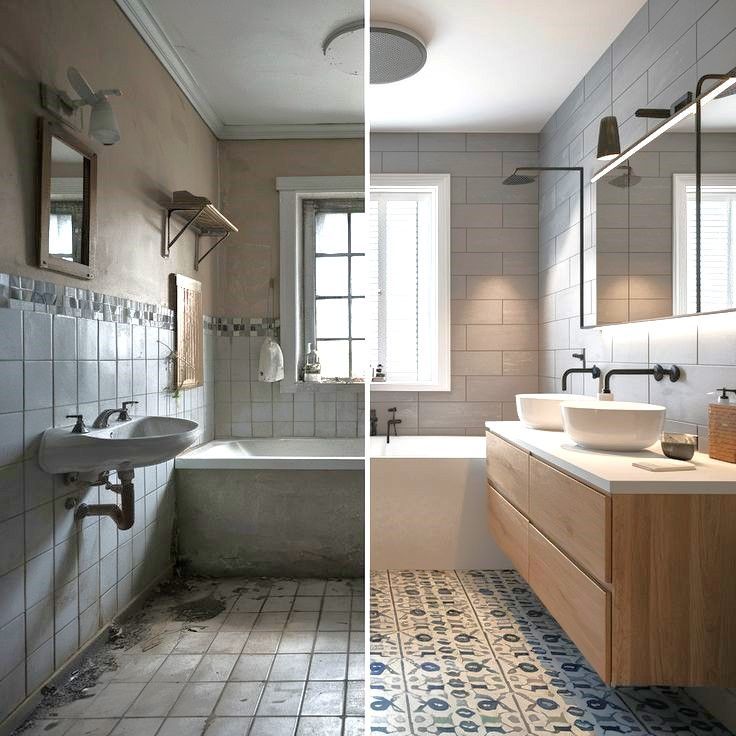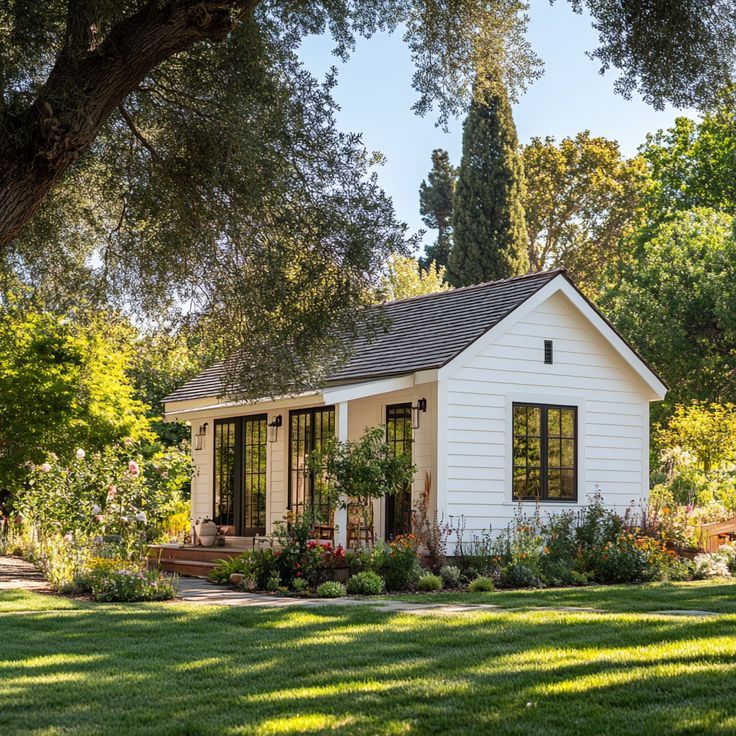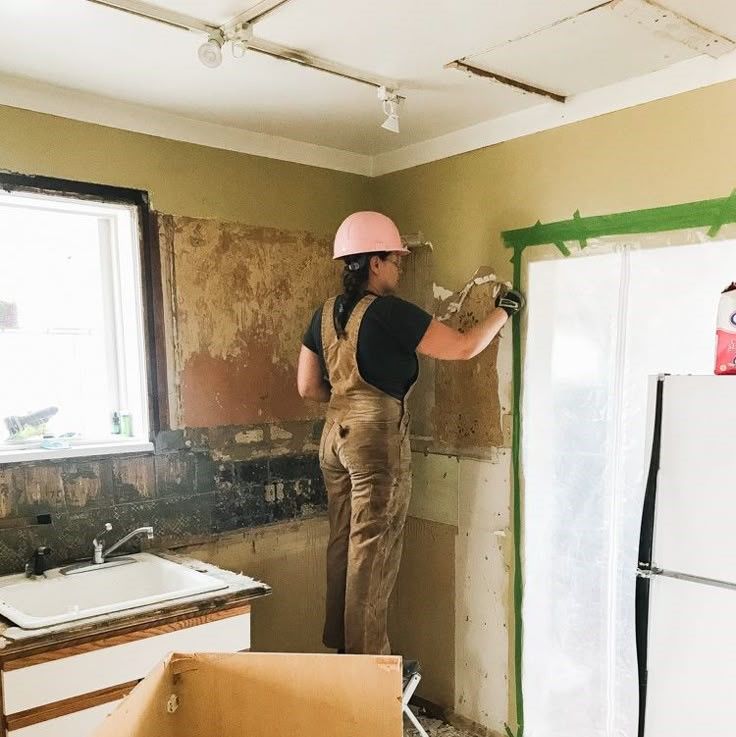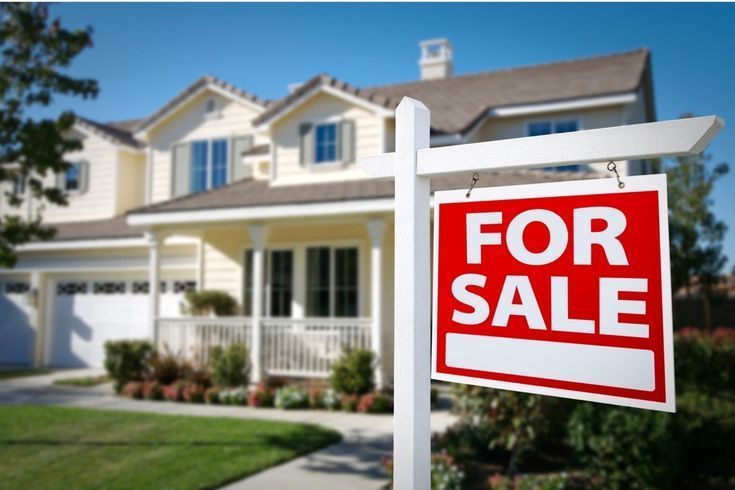Are in High-Growth or Gentrifying Areas
Location is the most important factor in property investment. Properties in areas experiencing growth, infrastructure upgrades, or an influx of buyers and renters will see higher demand post-renovation. Signs of a high-growth suburb include:
✅ New schools, shopping centres, or transport links.
✅ Low vacancy rates and increasing rental yields.
✅ Rising median house prices over time.



